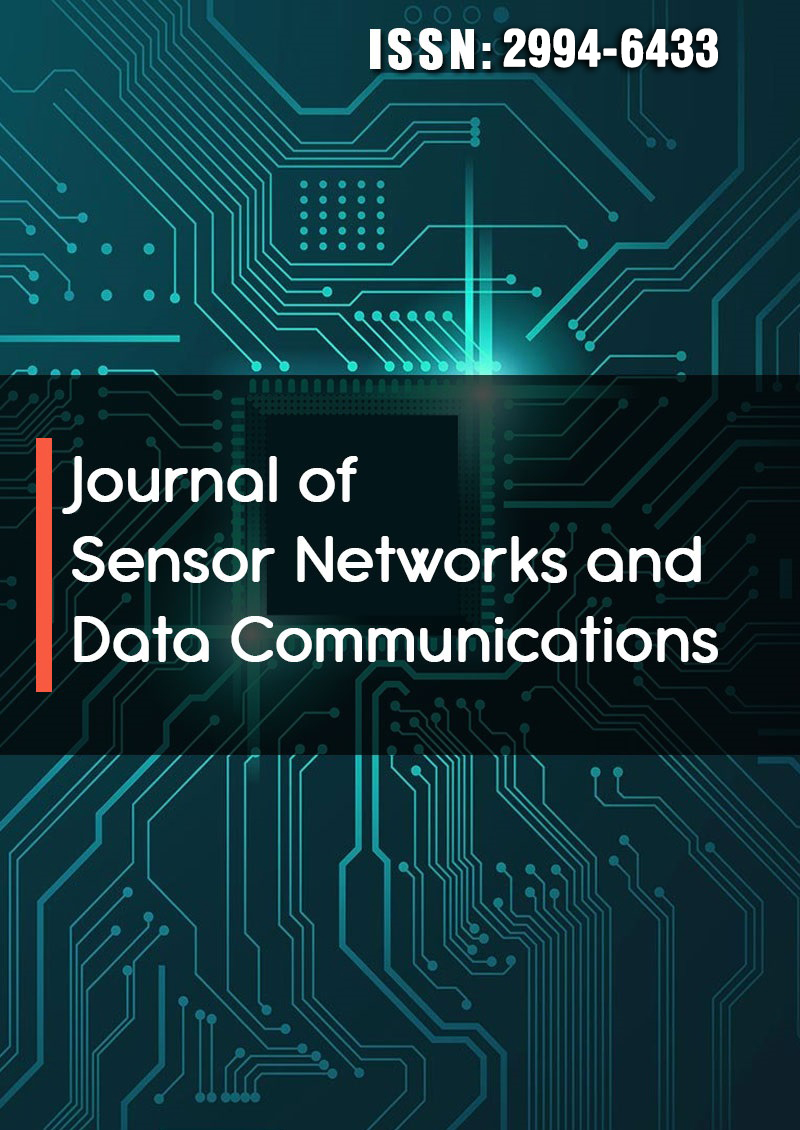QRGB+: Advanced QR Code Generator with RGB Color Method in Python to Expand Data Capacity
Abstract
Ibar Federico Anderson
The present work entitled QRGB, consists of the development of an application in Python for the generation of QR codes using the additive color generation (RGB) method. This innovative method allows increasing the density of information stored in QR codes by using three color layers (red, green and blue), each representing a different set of data. QRGB offers an efficient and secure solution for storing and transmitting large amounts of information in limited spaces, significantly improving the capabilities of traditional black and white QR codes.
By using three layers of colors, QRGB codes can store up to three times more information in the same space. This technique not only increases storage capacity but also improves information security, making it difficult to forge or manipulate the code. The overlay of multiple data layers allows redundancy to be implemented, increasing the robustness of the code against damage or reading errors.
QRGBs are especially useful in applications that require the transmission of large amounts of data in limited spaces, such as in the packaging industry, digital business cards, and interactive advertising. Additionally, they have great potential in areas such as document and banknote security, where the authenticity and integrity of information are crucial.
These points provide a solid foundation for understanding the innovation and advantages of colored QR codes (QRGB) compared to traditional QR codes, highlighting their applicability and potential in various sectors.
This article presents a novel method for encoding and decoding information using a QRGB code, which involves the generation of three independent QR codes and their superimposition according to the additive color system (RGB). The research highlights the challenges encountered during the encoding and decoding processes due to the lack of specific libraries in Python, which required the creation of a custom solution using open source tools.
The implementation takes advantage of Python and its libraries: qrcode[pil] to generate QR codes with the Pillow dependency for image manipulation, Pillow to open, manipulate and save different image formats, and opencv-python to perform tasks such as image processing and object detection. Despite facing issues with color mixing and accurate information retrieval, the proposed method demonstrates a significant increase in data density within a single QR code. Future work will focus on optimizing the algorithm and exploring potential applications in data security and high-density information storage.
This Python script is designed to generate and decode QR codes with a logo overlay using a graphical user interface (GUI) built with Tkinter. The script combines several functionalities, such as creating QR codes, overlaying a logo, combining QR images of different colors, and manually decoding combined QR codes.



